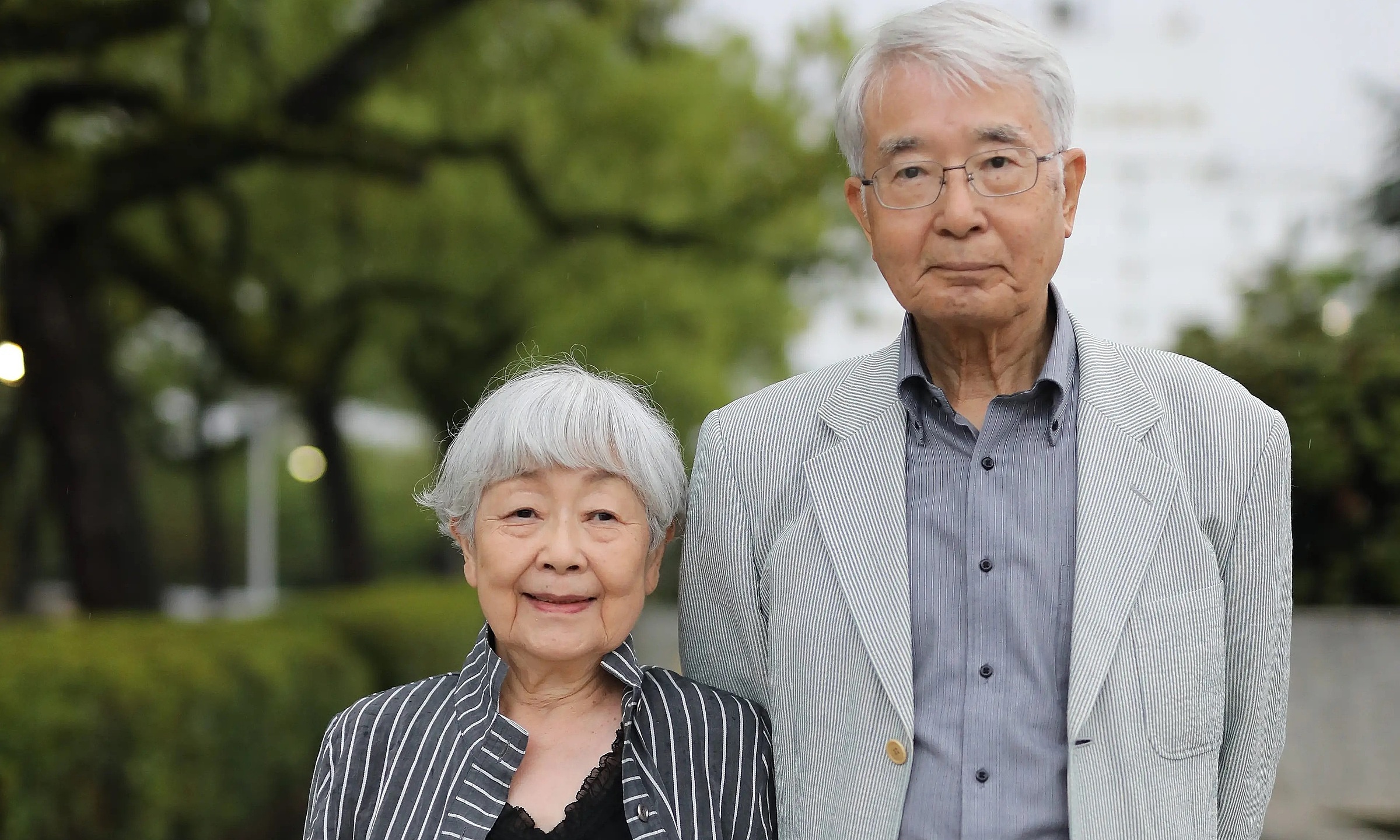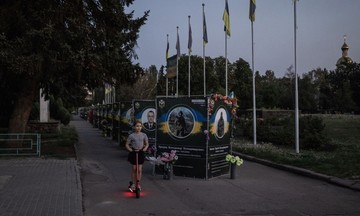On 6/8/1945, the US dropped the atomic bomb "Little Boy" on Hiroshima, Japan. Three days later, on 9/8, the US dropped a second bomb, "Fat Man," on Nagasaki. The US reportedly spent 4 years developing these atomic bombs after the Japanese military attacked Pearl Harbor in 1941.
78,000 of Hiroshima's 350,000 residents and 40,000 of Nagasaki's 240,000 residents died instantly in the two bombings. About a week later, on 15/8, Japan announced its surrender and signed the official documents on 2/9, ending World War II.
Although 80 years have passed since that fateful day, survivors vividly remember what happened and share their dark memories.
 |
Mushroom clouds rise after the atomic bombings of Hiroshima (left) and Nagasaki (right) in August 1945. Photo: Universal History Archive. |
Mushroom clouds rise after the atomic bombings of Hiroshima (left) and Nagasaki (right) in August 1945. Photo: Universal History Archive.
Kikuyo Nakamura, then 21 and living in Nagasaki, recounts that the first thing people saw was a blinding light, followed by mountains that appeared to be on fire.
Hiromu, a witness in Hiroshima, recalls seeing roof tiles shatter and a hole appear in the ceiling. He described the sky as looking like a "rain of fire." He saw a man whose "facial skin hung like an old rag" and "flesh dripped like candle wax."
Michiko Kodama, who was in class when the bomb dropped, said she hid under a desk as the ceiling collapsed, windows shattered, and glass flew across the room. Her father carried her home, and along the way, she witnessed the horror of people with "melting skin." This "hellish" scene haunted her for years.
Chieko Kiriake, then 15, also witnessed victims with skin peeling off in sheets. She said that as people died from their severe injuries, students had to dig graves for them in the schoolyard.
"I was one of those who buried them," Kiriake said. Beneath the Hiroshima Peace Memorial Park lie the remains of tens of thousands of bombing victims.
These detailed, vivid, and haunting accounts are not just personal memories but also stark evidence of the devastation of nuclear war, a tragedy that history cannot forget.
Those who survived lost their homes and lived in makeshift shelters. Food was so scarce that they foraged for fruit in the forest and even ate bee eggs.
"We were really living like prehistoric people," said Seiichiro Mise.
 |
Hiroshi and Keiko Shimizu, survivors of the Hiroshima bombing in August 1945. Photo: Minnow Films Ltd. |
Hiroshi and Keiko Shimizu, survivors of the Hiroshima bombing in August 1945. Photo: Minnow Films Ltd.
The impact of the bombing extended beyond those two days. Kiyomi Iguro, who experienced the bombing at 19, believes her subsequent miscarriages were due to radiation exposure. She confessed to even contemplating suicide. Meanwhile, Hiroshi and Keiko Shimizu chose not to have children for fear of birth defects.
In 2024, Sueichi Kido, a survivor of that fateful day, spoke at the World Conference against Atomic and Hydrogen Bombs, expressing fears of another nuclear war amid global conflicts in Ukraine and Gaza. "The only way to avoid nuclear war is to abolish nuclear weapons," he said.
Thuy Lam (Time)












